Menu
Natural Light for African Violet Plants
- African Violet plants can be grown year round in natural light (i.e.) sunlight.
- They prefer indirect or filtered sunlight as direct sunlight can be too intense for African Violets.
- Direct sunlight can scorch the plant leaves, leaving brown spots.
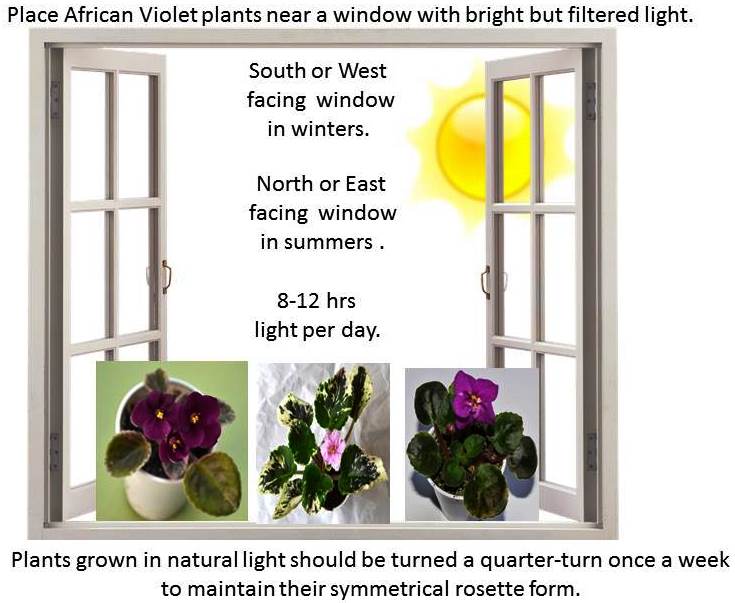
Below are commonly asked questions about growing African Violets in natural light.
Do African Violets need direct sunlight?
- No, African Violets do not need direct sunlight to thrive.
- They need bright to moderate indirect or filtered light to thrive.
- They can grow in direct light, but only early in the morning and late in the afternoon.
- If you place your hand over an African Violet receiving sunlight and can feel the heat or its too warm, then the light is too intense for the African Violet.
- Also, if you place your hand over an African Violet receiving sunlight and a shadow falls over the African Violet then it’s a sign of too much light.
How much sun do African Violets need?
- African Violets require at least 8hrs of light per day and at least 8hrs of darkness per night to thrive.
- For long lasting blooms, 12hrs a day of natural sunlight is ideal. African Violets need bright light during the day.
- During hot afternoons of spring, summer and fall its best to provide filtered bright light by using shades or sheer curtains.
- During the winter, bright light is fine, even in the afternoons.
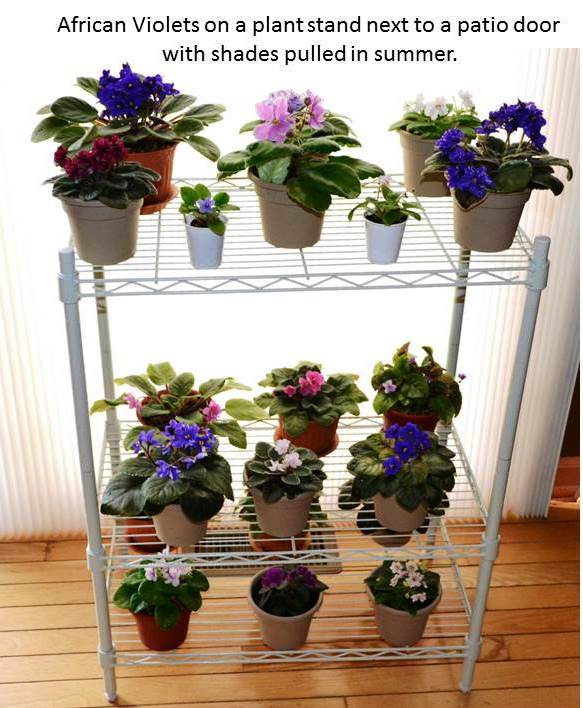
How many lumens of light do African Violets need?
- For African Violets to bloom they require from 5000 to 13,000 lux for at least 12 hours per day.
- One lux is defined as Lumens per square meter.
- An older plant needs between 10,000 and 15,000 lux to be happy.
- A younger plant needs less light from 5000 to 8000 lux.
- You can measure the amount of light your African Violet is receiving using a light meter or also downloading a light meter app on your phone.
Below are examples of light meters, useful to keep in your growing area, especially when monitoring how your African Violet plants react to low or bright light.
Where can I put my African Violet for optimum growth?
- African Violets are best when placed in a south or west facing windows in the winters.
- During summers they are best when placed in a north or east facing windows.
- When the heat starts to strengthen during the spring, its best to draw the sheer curtains or adjust the blinds to lessen the bright light.
- It’s best to also rotate or turn the African Violet plant a quarter-turn once a week to maintain their symmetrical rosette form.
- For more information about the rosette shape of African Violets, can visit blog post, “What are the Different Types of African Violet Plants?“.
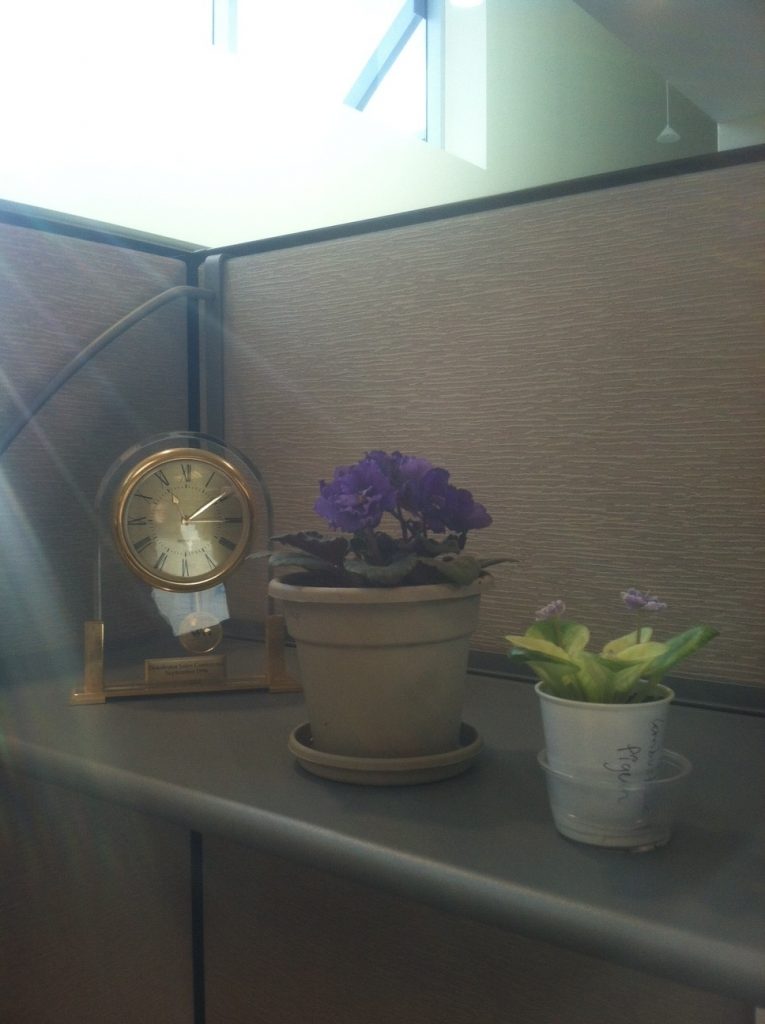
What happens when African Violets are exposed to too much sun?
- The first initial telltale signs will be drooped down leaves and curling inwards.
- Then if African Violets are still left in the bright sun, leaves start turning yellow.
- They start to develop brown spots and scorched marks.
- For other reasons why African Violet leaves turn brown, can visit blog post, “Brown Leaves on African Violet Plants“.
- The blooms will start to fade and eventually drop.
What happens when African Violets are not getting enough sun light?
- Too little exposure to the sun can cause stunted growth in African Violet plants.
- They leaves are stems will become elongated and leggy.
- The leaves will start turning upwards towards the light.
- The plant will stop blooming.
- For more information on low light, visit blog post, “Growing African Violets Under Low Light: Symptoms?“.
Examples of 2″ & 3″plastic pots, great to keep a few extra in your growing tools:

*Our Affiliate Programs: We are a participant in the Amazon Services LLC Associates Program, an affiliate advertising program designed to provide a means for us to earn fees by linking to Amazon.com and affiliated sites.
Though we do link to many items on Amazon out of convenience to our readers, we do also participate in other affiliate programs that also pay us a commission for any purchases you might make through our links (at no additional cost to you!).
Like this article?
Share on Facebook
Share on Twitter
Share on Linkdin
Share on Pinterest


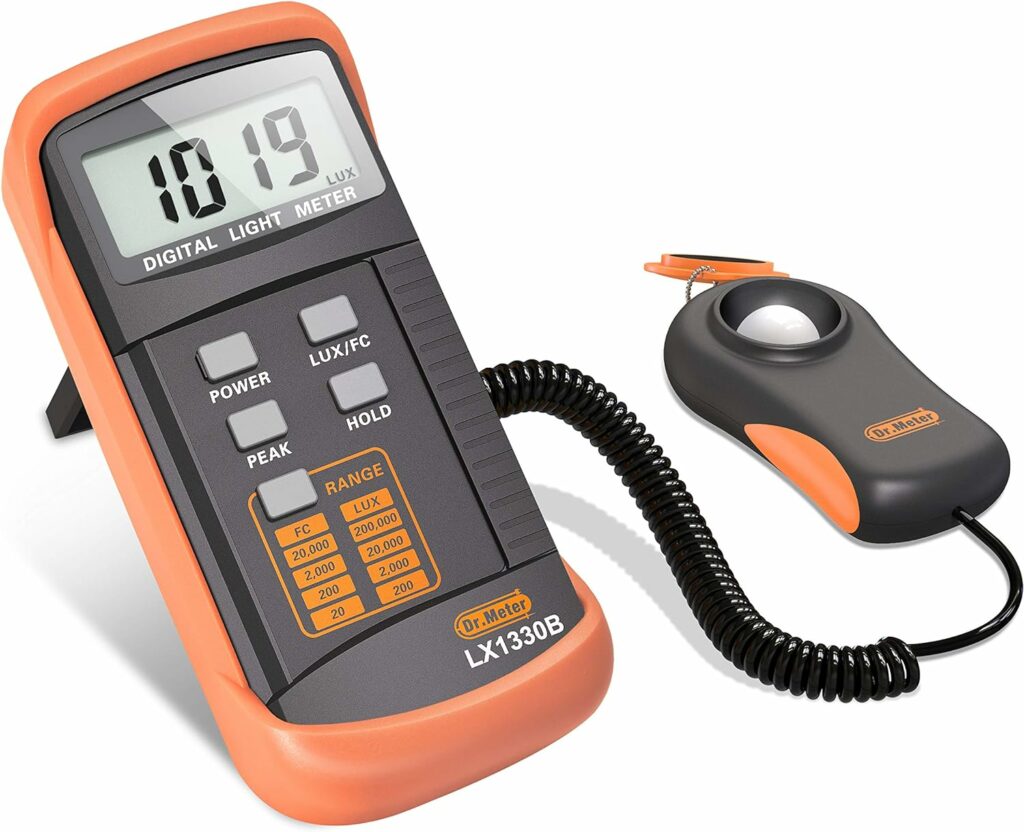

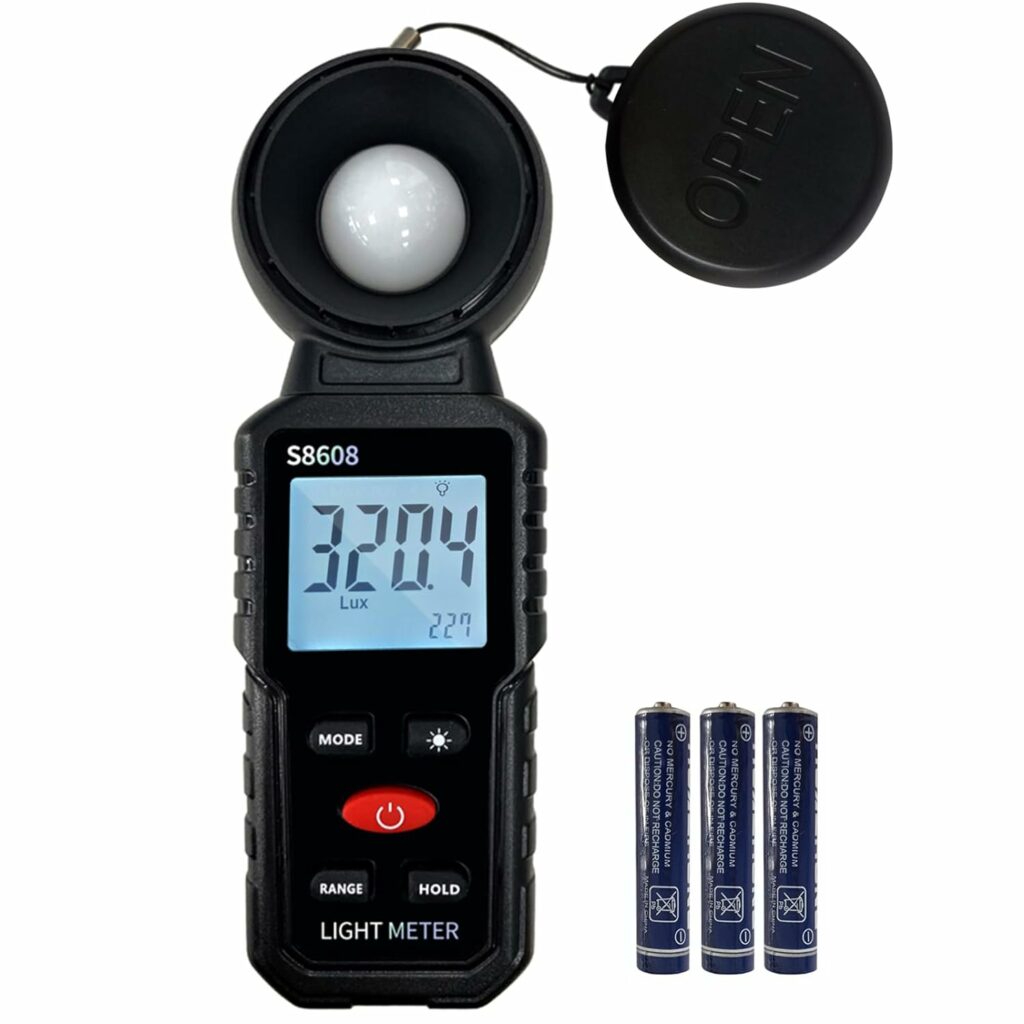
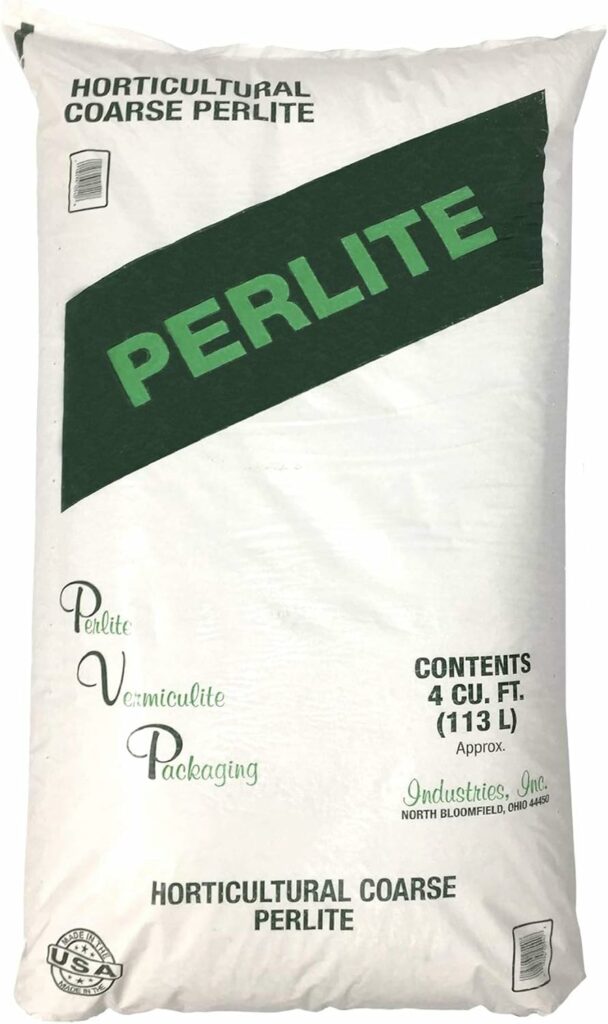


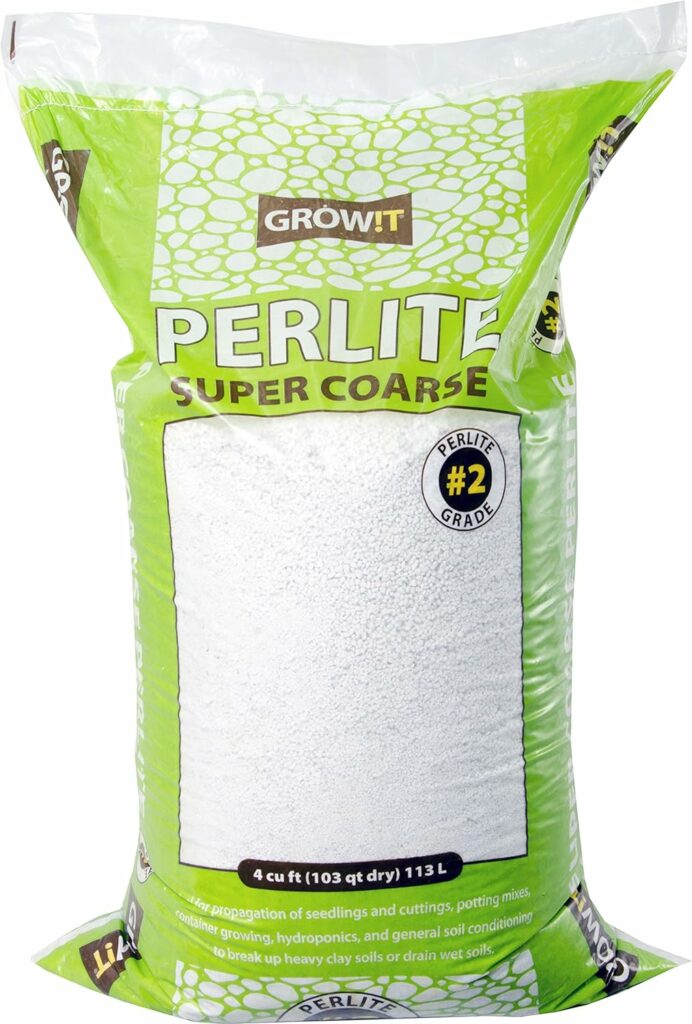

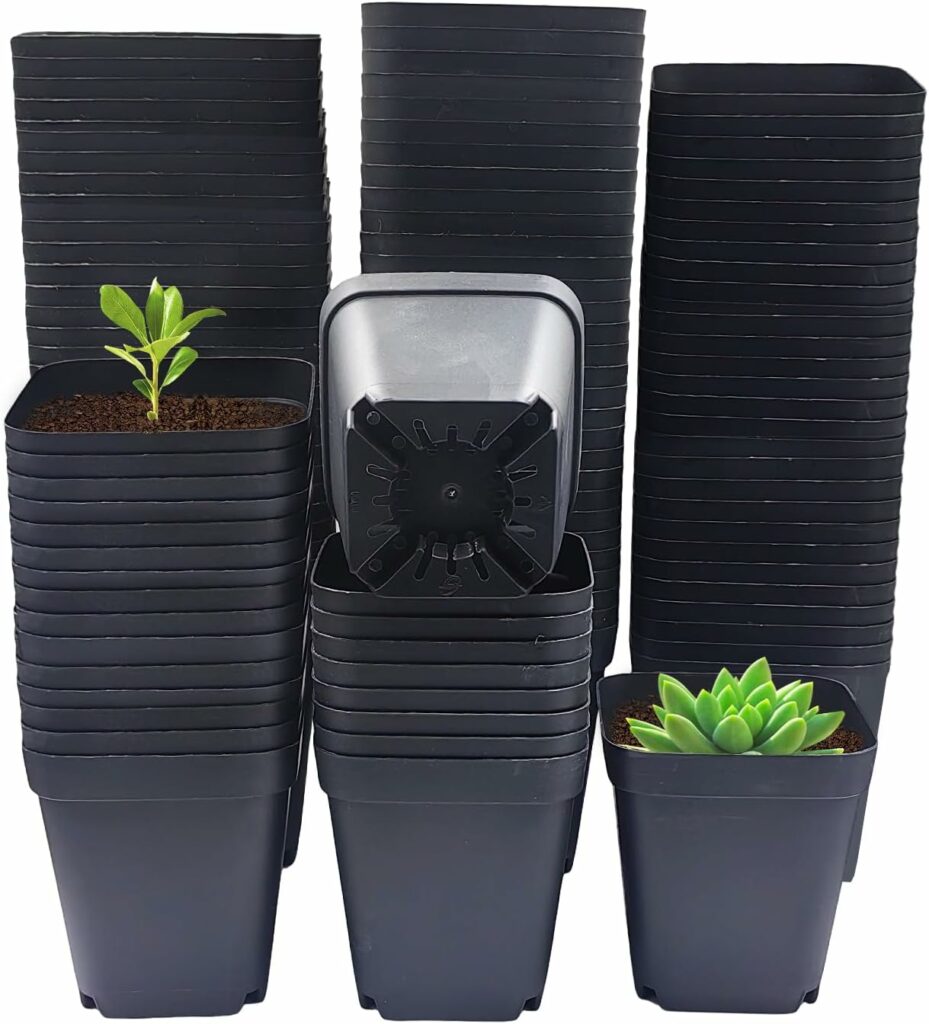
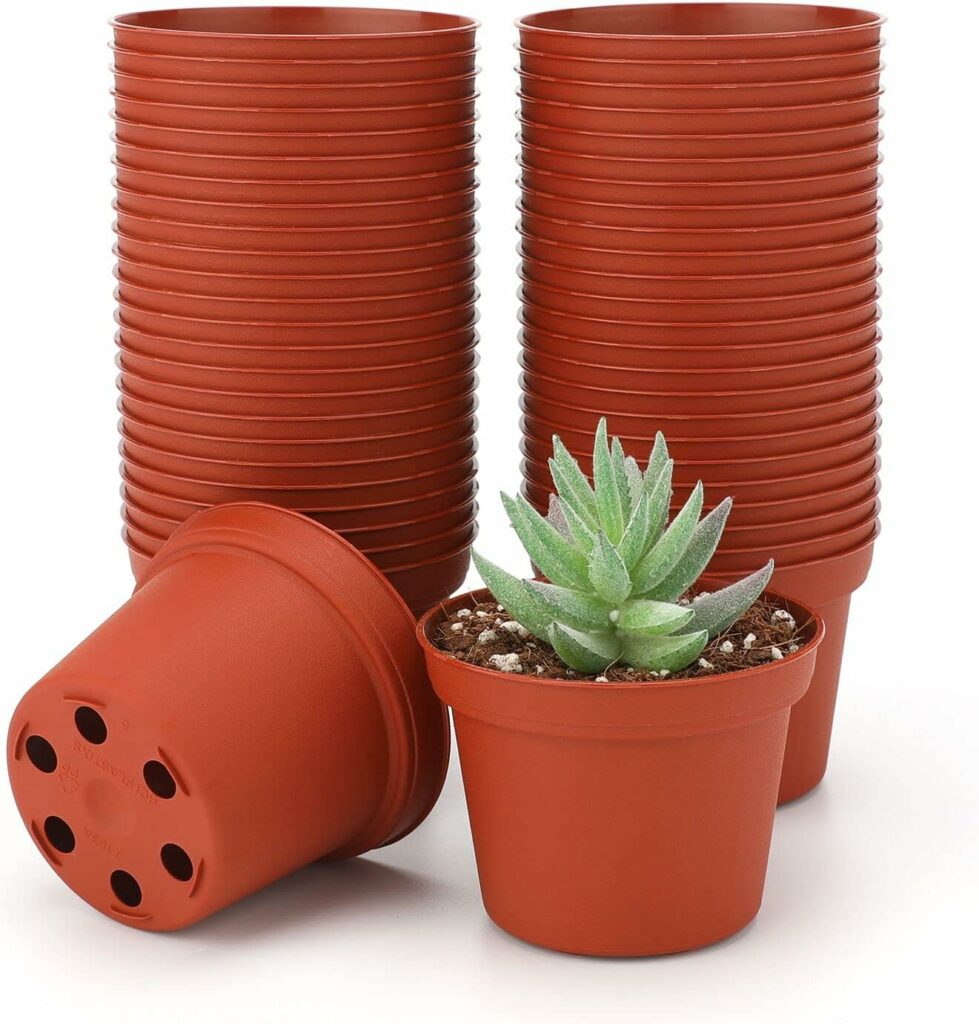
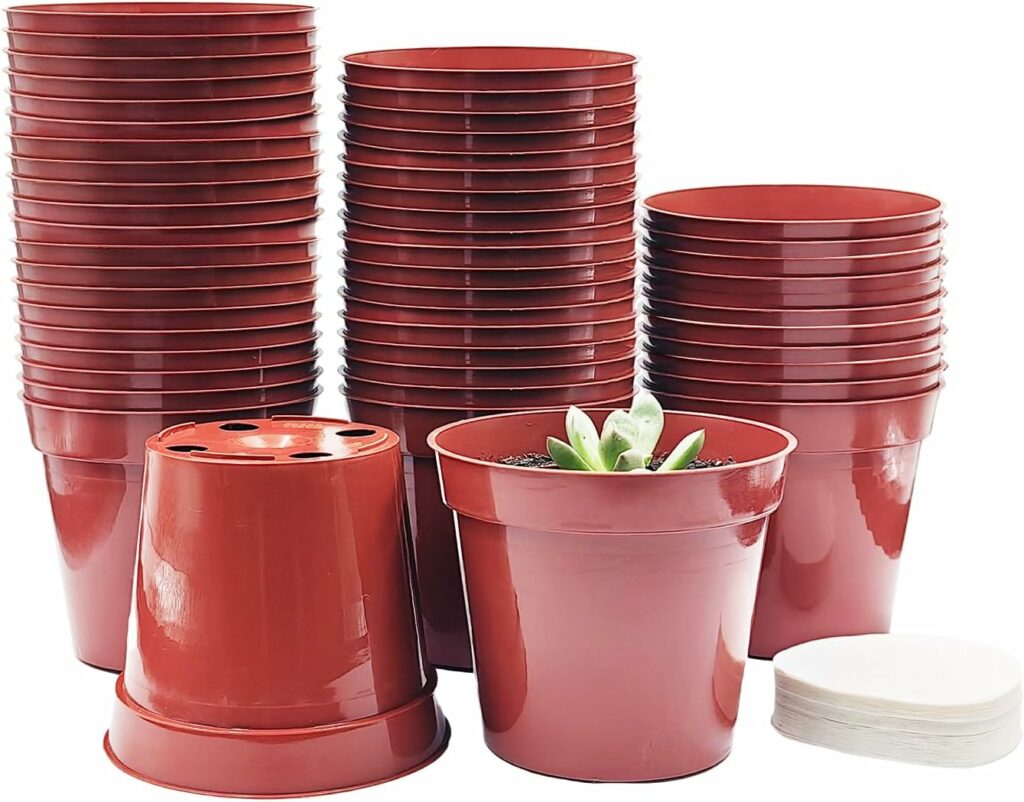

18 Responses
Thanks. This is helpful. I’m a newbie and am growing both ‘babies’ from play in the dirt days from my local AV chapter; and from leaf cuttings. I am having about 1/2 success. I finally thought of downloading a light meter on my phone and it looks like I had too strong flourescent lights on the plants! I’ve since raised the lights and re-meaured the lumens.
Hi Melora,
Thanks for your kind words, appreciate it! Yes, sometimes we can forget about the lights, hanging up there. I too make the same mistake, of focusing too much on fertilizer, soil and water and ignoring my light set up. I recently am trying LED shoplights, they seem to be working well, but maybe too early to switch out my whole flourescent light set up yet. Glad to hear your finding the blog posts helpful! Happy Growing! BV
I have a pink violet that is 10 inches across. Normally it has about 20 blooms. I changed my soil and perlite mix to peat moss and perlite. It has much less blooms, only 6. Probably due to repotting. It’s on a wick system. A few leaves on the third and forth rows are starting to turn brown. Any suggestions?
Hello,
Brown leaves could be a sign of overwatering. For now, remove plant from wicked container, let it air dry. Dont let the soil get bone dry, but dry enough, so the pot feels light when lifted. You can remove the brown leaves. Does the soil mix have enough drainage? Next time can increase the amount of perlite. If the temperatures are cold, that can also cause the leaves to turn brown. If you have just recently re-potted, you can put the plant in a ziploc baggie, as long as the soil / pot doesnt seem to wet/moist or heavy. Leave plant in baggie for 2 weeks, keep an eye on it, see how it does. If it perks up, open up the baggie, leave plant in for another week and then place african violet back to its original location. Usually when you repot, the plant does go through a “settling down” phase, give it some time, it will bloom back, once its comfortable in its new soil mix. Hope this helps, BV
I have a cat that won’t leave my plants alone. He has destroyed all plants but the 3 African violets that I have locked in the bathroom. The violets are not happy. They are receiving enough light for them to retain healthy leaves but have stopped blooming. I want to move them into an aquarium with a screen cover to keep the cat out but the sun and air circulating for the violets. My question is do I leave the violets in their current pots or should I put a stone layer with the potting soil on top and replant them in the bigger container? Also, my window faces west so I know they are good for the winter but for Spring, Summer, and Fall I will need extra light. Do I need just light or a heat lamp, too? I live in North Central Florida. Thank you for your help.
Hello Christine, thank you for your question. Sorry to hear your cat has taken a liking to your violets. For now, if your plants are happy and have healthy leaves, I would leave them in there current container. As a general rule, you can re-pot every 6-8 months and only if the plant is well rooted. I hope the aquarium has worked out well for you. I would image, the humidity would be nice in there, so maybe the violets will like it. About the west facing window, since you live in florida, a west facing window should work fine for the violet. They like moderate to filtered bright light, which a west facing window can provide. If you havent had blooms in a while, I would recommend fertilizing the plants, this optimara fertilizer (https://amzn.to/3oXUvCB) has worked wonders for me, I wished I had started using it earlier! In terms of blooms at least, the plant seems to be growing at the same pace. Hope this helps. regards, BV
What do I do I’ve had one a year on mother’s day and she won’t bloom…. pouts I don’t know what to do
Hello Jenn,
thank you for your question. Sorry to hear you havent had blooms for over a year. If you havent had blooms in a while, I would recommend fertilizing the plants, this optimara fertilizer (https://amzn.to/3oXUvCB) has worked wonders for me, I wished I had started using it earlier! In terms of blooms at least, the plant seems to be growing at the same pace. Hope this helps, regards, BV
The writer add one zero to all LUX figure accidentally. If you really put an African violet under 10,000 and 15,000 LUX, that’s super bright light that she won’t be able to bear.
Several other sites recommend 10,000 to 15,000 LUX. Removing one zero from each would be 1000 and 1500 LUX, which seems too low. I have one AV I have managed to keep alive after several moves and different light situations and she’s still going strong. Hoping my luck continues.
G’day from Australia i am a newbie to african violets but I love them. When I fertilze them do I water from the top or let them sit in the fertilizer. And what lighting should I use that is not expensive thankyou so much. Linda
Hello Linda,
thank you for your question. I would water from the top, when giving fertilizer. Unless your plant soil is quite dry and you are certain all the water will be absorbed, then you can bottom water. Otherwise, I always top water the soil. With regards to lightening, I have found best results with natural light. My plants grow huge, they bloom and do well. I place the near a south-west facing window. They receive filtered light through the blinds, not direct sunlight. If its artificial lightening you would like to experiment with, then I find LED shoplights to work well and they are reasonably priced too. These are ones I use, homedepot.sjv.io/KM517 they have been working well for me. Regards, BV
Hello! I recently received an African violet from my grandmother that is super huge! It has tons of blooms and is very beautiful.
I put it close to a north facing window in my bathroom because it gets bright indirect light. It’s not extremely bright but it’s enough to light up the room. I’ve noticed the bottom leafs have started to droop downwards a tiny bit, I’ve only had it for a few days but it’s a very drastic change for the short while I’ve had it, what could this mean and am i doing something wrong? Going to try to put it in a west facing window now since it’s getting super cold here and the days are very short! Do you think the direct sunlight during evening hours will hurt it at all? Sorry for so many questions! Just worried about it. 🙂
Hello Dana,
thank you for your question. Your violet sounds like it must be very pretty!. I dont think the direct sunlight would be harmful in the evening, as the light will not be that strong. If the outer bottom leaves are getting droopy, then it maybe that they are the older ones and will soon need to be removed if they start to get dry/brown/faded color. I think both the north or west window will work fine, as long as they receive some day time sunlight. During the winter, growth does slow done and blooms are less frequent. Try to keep them slightly away from a window, sometimes if the leaves touch the cold window, they wont like that. Mine are facing a south west window, on a sofa table and have started to slow in growth. Hope this helps, BV
I have lots of African violets but one has flower buds but will not open. Then they turn brown and have to be removed. Any suggestions?
Hello Beverly, thank you for your message. Is the plant receiving too much sunlight? It may be the hot sun, combined with low humidity may be drying out the buds. Sometimes, overfertilization can also cause the buds to dry out. You can try moving the plant to a slightly shaded location. If recently fertilized, can also try to pour water into the soil from the top and let the water+ excess fertilizer salts drain out. Maybe this might help. regards, BV